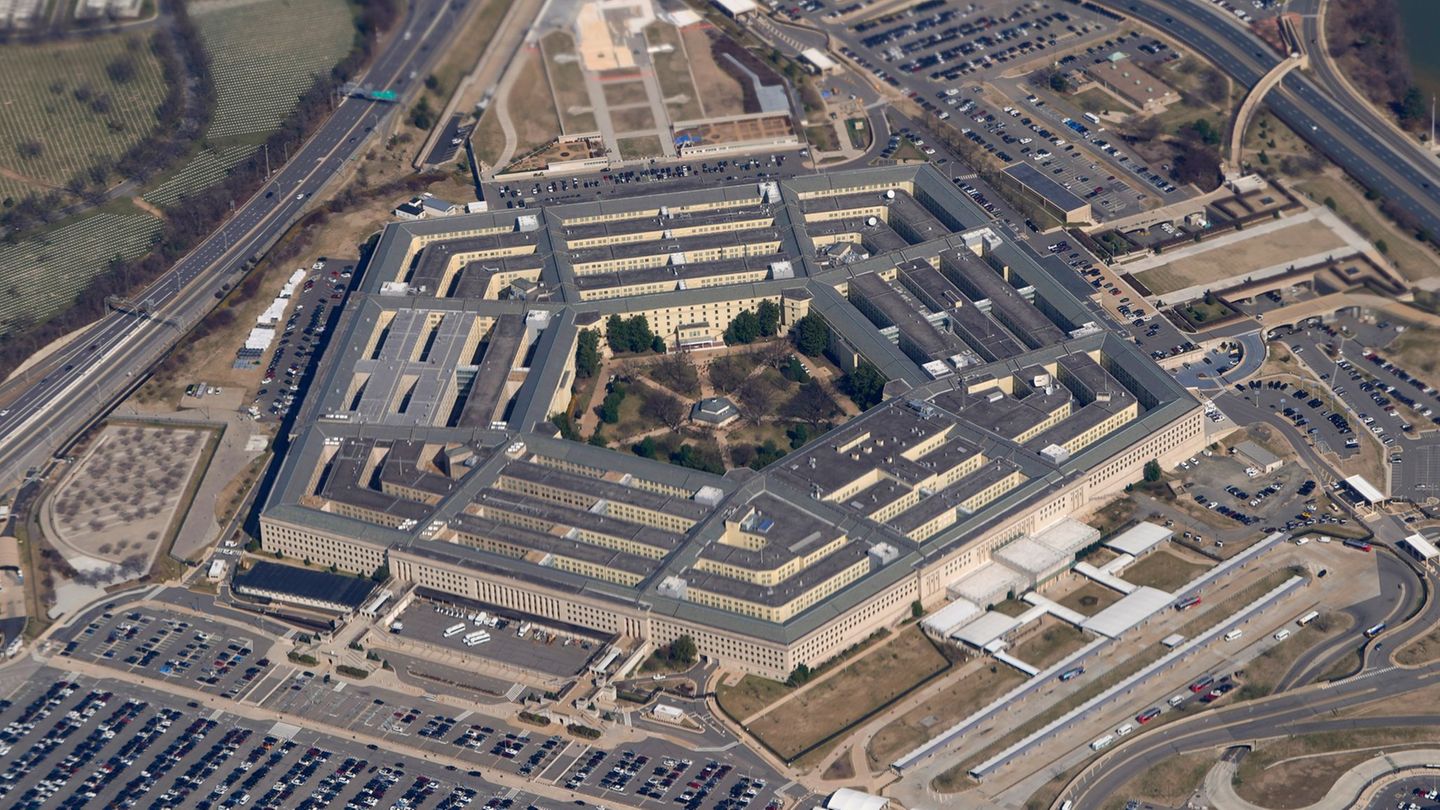The federal government is planning to build a liquid gas terminal off Rügen. There is great outrage on the island. In the evening Chancellor Scholz and Economics Minister Habeck come to smooth things over. What it’s actually about – and what makes the project so problematic.
Since the outbreak of the Ukraine war and the halt to gas supplies from Russia last year, Germany has been trying to set up its own infrastructure for importing liquefied natural gas (LNG). The central building block is the construction of several LNG terminals. The first plant went into operation in Wilhelmshaven at the end of 2022. Two other terminals in Brunsbüttel and Lubmin have also started work in the meantime. By the end of 2023 there should be six, including a terminal off the island of Rügen. There, the bitter resistance of the islanders has been forming for weeks. What exactly is planned? And why is the outrage so great here?
What exactly is to be built in front of Rügen?
In mid-February, Mecklenburg-Western Pomerania’s Economics Minister Reinhard Meyer (SPD) presented the federal government’s LNG plans for the state. Accordingly, around five kilometers off Rügen’s south-east coast, two platforms are to be built, so-called riser towers, to which two floating liquid gas terminals (Floating Storage and Regasification Unit, FSRU) can be attached. There, LNG tankers are to deliver their coveted gas cargo, which is then to be transported to Lubmin via a 38-kilometer pipeline, which also has yet to be built. The federal government confirmed on Monday that it had bought around 1,000 pipes for this purpose, which were originally intended for the controversial Nord Stream 2 gas pipeline. The maximum capacity of the entire plant is said to be 38 billion cubic meters of gas. This corresponds to around 40 percent of Germany’s annual demand for natural gas. The project is to be implemented by the energy company RWE.
Liquid gas is already being landed off Rügen today. A depot tanker belonging to the LNG terminal in Lubmin, which has already gone into operation, has been lying off the coast of the Baltic Sea resort of Sellin since December. It is regularly approached by smaller shuttle ships, which then bring the cargo to Lubmin. With a permanently installed construction, these shuttle tours would be superfluous.
Why Rügen?
This mainly has to do with the existing infrastructure. The lines of the controversial Russia pipelines Nord Stream 1 and Nord Stream 2 already end in Lubmin. There is a corresponding gas infrastructure. From here, an existing pipeline network leads to the Czech Republic and Bavaria.

At which location should the terminal be built?
The exact place where the controversial LNG project is to be built off Rügen has not yet been determined. Originally, the Federal Ministry of Economics favored a position directly in front of the Baltic Sea resort of Sellin. But after the heavy criticism, the ministry withdrew the plans and is now examining alternative locations. Specifically, we are talking about Mukran, a district of Sassnitz, about 15 kilometers to the north. There is a deep-water port, unused industrial space, a certain distance from residential buildings and tourist infrastructure. Disadvantage: The port of Mukran is not deep enough, it would have to be dredged at great expense. A location further out on the Baltic Sea is also to be examined. “The location decision should be made as quickly as possible,” the Federal Ministry of Economics had recently announced.
Why is there such a violent protest against LNG on Rügen of all places?
Opponents on the island see the project as a threat to the environment and tourism in particular and have been pulling out all the stops for months. At the end of February, 2,500 people formed a protest rally. Mayors formulated letters to Scholz and Habeck. A Bundestag petition was successfully launched, so that a Bundestag committee has to deal with the plans for the terminal. The fact that Chancellor Scholz and Economics Minister Habeck are heading to Rügen this evening to face the critical questions is probably also due to the intensity of the protests.
Environmental groups in particular are up in arms. The Nabu has agreed with the BUND Mecklenburg-West Pomerania, the WWF and the German Environmental Aid to work closely against the planned plants on Rügen. The alliance speaks of a “climate policy aberration” and warns of overcapacities, but above all of massive damage to sensitive ecosystems. For example, the construction work would drive porpoises out of their habitat, and the Greifswalder Bodden, through which the planned pipeline is to run, is one of the most important herring spawning areas in the western Baltic Sea. The herring, in turn, is the food base for a population of gray seals that is only just settling again. In addition, important reefs and biotopes to be protected would be lost as a result of the construction.
Representatives of the spa association also warned that the Baltic Sea resorts with the terminals would be threatened with the loss of their status, which in turn would have drastic consequences for tourism on the island.
Is there even a need for so many terminals?
This is debatable. In 2020, Germany imported a total of around 80 billion cubic meters of natural gas. The capacity of 38 billion cubic meters, as envisaged in the final expansion of the Rügen project, seems enormous. Especially when you include the other projects under construction or planned in the calculation. A feared gas shortage did not materialize this winter, the gas storage facilities are currently 65 percent full. In addition, according to the LNG Acceleration Act, the operation of such systems with natural gas must be discontinued in 20 years at the latest. However, the government points out that the terminals will in future also be designed for processing the new miracle cure, green hydrogen.
Nevertheless: The German Institute for Economic Research explained in a short study that the planned construction of permanent LNG terminals on land “neither makes sense in terms of energy management nor climate policy”. That applies all the more to permanent terminals like those off Rügen, says Research Director Christian von Hirschhausen. “On the one hand, you have to acknowledge that there was a strong need for action last spring. On the other hand, since January at the latest and the stabilization of the gas markets, it has been clear: enough is enough.” An emergency is “not foreseeable far and wide”, which is also reflected in the prices. And already in the second half of this decade, the demand for gas will fall sharply.
Experts from the Institute for Energy Economics and Financial Analysis (IEEFA), a US think tank, also warn of overcapacity. According to their forecasts, the construction of new plants will increase LNG import capacity in Europe by almost 50 percent by 2030 compared to 2022. However, the demand for LNG will not grow accordingly. The consequence according to IEEFA: By 2030, a large part of the available LNG import capacity could be superfluous.
Source: Stern




